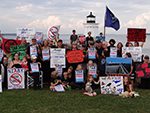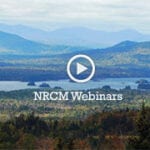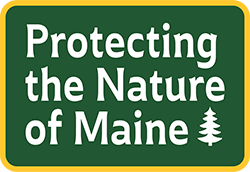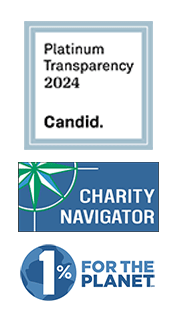Recently three separate articles have appeared in the Bangor Daily News concerning tar sands oil and the possible use of the present pipeline that runs between Portland, Maine, and Montreal, known as the Portland Pipe Line.
One article mentioned that the Montreal Pipe Line Ltd. and the Enbridge Corp. could decide jointly to reverse the flow of oil and use the Portland to Montreal pipeline to pump tar sands from Montreal to Portland. It did not mention what it would take to stop such a project.
The opinion piece by John Hinck mentioned that a bad situation occurred along the Kalamazoo River in Michigan in 2010. The line ruptured, spilling almost one million gallons of tar sands oil in rivers, streams, lakes and over land. He forgot a couple of important points.
What none of these articles mentions is two facts that scare me. Fact one: The Enbridge line in Michigan was more than 40 years old. Fact two: Tar sands oil is heavier than crude.
My father started work for the Portland Pipe Line in 1941, working with the survey crew that laid out the right of way for the pipeline. He then worked in one of the pumping stations along the line, eventually becoming the supervisor of the line from Portland to the Canadian border.
The 12-inch line was laid in 1941. It has been filled with nitrogen and abandoned. The 18-inch line went online in 1950. It also has been filled with nitrogen but not abandoned. In 1965, the 24-inch line started pumping crude northward. My point is, however, that the pipes that belong to the Portland Pipe Line Co. are in excess of 40 years old; the 24-inch line will be 50 years old in 2015 and the 18-inch line is 62 years old.
If a 40-year-old line ruptured, I would imagine an even older line might do the same thing. And as John Hinck mentioned, this pipeline crosses the Androscoggin, the Crooked, and the Presumpscot rivers and lies close to Sebago lake. Picture some heavy tar sands oil in those rivers and in Sebago. The thought is not pleasant.
I remember a break in the Portland Pipeline when I was a kid. My dad rushed to the scene and commandeered the crews who had practiced for just such an incident. He was there night and day while the crews got the spill contained within a floating barrier and then sucked up the crude oil. It was a very minor break. I don’t know the number of gallons. The bottom line is that the spill was contained. It did not get into any waterways and it was totally cleaned up within a week or so.
Crude oil is not gooey or gummy, but rather it is lighter than water and floats on the surface.
Tar sands oil, as I have heard on the radio and read in the press, is gooey, gummy and heavy. It does not react to water the way crude does. Tar sands oil sinks. No one knows how to get the tar sands oil off the bottom of streams and rivers. Tar sands oil cannot be contained with a floating barrier. There is no way to contain the stuff.
Crude oil is a sweet, slightly waxy oil. A “pig” runs through the lines on a regular basis to scrape the wax off the inside perimeter of the lines. Tar sands oil is corrosive and is often described as a hot sandpaper coursing through the lines. Somehow I feel that lines that are approximately 50 years old cannot stand the corrosiveness of tar sands oil nor the coarseness.
Mike Mullen in the Land Division of Maine’s DEP said if Montreal Pipeline Ltd. and Enbridge Corp. decide to pump tar sands oil through Maine and to replace or upgrade any lines or pumping stations, the Department of Environmental Protection would need to issue permits due to the Natural Resources Protection Act. This act provides that any construction near ponds, streams and wetlands is permitted before the start of construction. When asked what action could be taken to stop any flow of corrosive tar sands oil through existing lines without any changes or upgrades to line or pumping stations, Mullen stated he believed a bill would have to be passed by the Maine Legislature.
Allowing these tar sands oils to course through aging lines that run through our state is a mistake. The folks in Michigan can tell you about the horrors of a rupture in a line carrying tar sands oil. Perhaps the legislature should send a small delegation of legislators and citizens out to the area of the rupture along the Kalamazoo River to learn firsthand the dangers of allowing such folly to occur in our great state of Maine.
Merrylyn Sawyer spent much of her career working with Cianbro Corp. She also taught technology at the middle school level.











